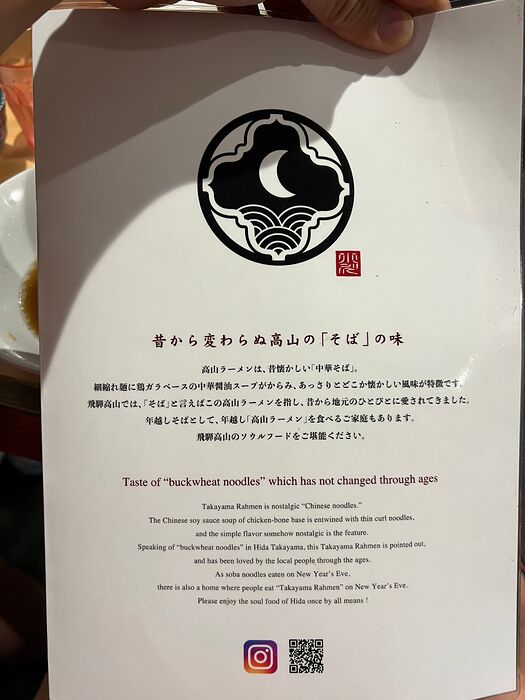We stumbled into Shokudo Yoroshikihi totally by chance. We spent the morning visiting the nearby, very dramatically named Jigokudani Yaen Koen- Hell Valley Snow Monkey Park. There was nothing particularly hellish about the park. In fact, up in the hills the weather was actually rather pleasant, versus oppressively hot, for the first time in a week since we were in Japan.
When we left the park, its already on the late side. We didn’t plan for lunch (well, we had a soba restaurant in mind, but way far in the Nagano burbs). So we figured we should find something local. We first stopped by a handmade soba spot nearby, Rausuan そば処 羅臼庵, but they were sold out for the day. So we just drove aimlessly down route 292, until we came upon a quiet little town across the river. We settled on Shokudo Yoroshikihi, partially because of good reviews and partially because their own parking lot was right next to the restaurant. It turned out we were right next to the Yudanaka station, which was the area we considered staying around the night before had we not stayed in Nagano.
The serendipitous meal turned out to be one of the most interesting meals of the entire trip. It was run by a couple, who met when they were working at an inn at Nozawa Onsen. Hiroshi-san came from Kanagawa and Kiyo-san came from Kyoto. In fact, the restaurant was located downstairs and the couple lived upstairs. The said parking lot was actually the parking lot of their house.
The strength of the kitchen lies in the use of curated local ingredients grown in the Nagano high mountains cooked Kyoto style. Nagano has plenty of good produce with good water. We got two sets for ourselves and some soba/ dumplings for the kids. The sets were laid out in a Kyoto home cooked Obanzai style, which we didn’t get to try at Menami in Kyoto. The set contained a main dish, a side dish, salad, miso soup, rice and dessert. The rice was a local Yamanouchi rice brand, so was the miso.
Long story short, the food were good. Normally tourists go eat obanzai in Kyoto restaurants to get a taste of Kyoto home cooking. In this case, Kiyo-san prepared obanzai at their ‘home’, literally upstairs. It was fresh, comfortable, well seasoned, and delightfully prepared.
The sorbet was wonderful. As was the various juice, ginger ales, which was supplied by a nearby vendor who makes everything from scratch with no additives. And they were refreshing. One could get those to go too, along with some other ingredients.
For the rice served in the sets, we were asked to pick a bowl from their kitchen shelf for the rice to be served in. Turns out their side hobby was pottery, and the bowls were all made by the couple. They were all works of art, and we ended up getting four of them.
We also ran into two Japanese women. One of them taught Japanese in Shanghai during the school year but worked in local hotels during the summer. The other was her friend. They took an interest in us because apparently the restaurant, or maybe the town, didn’t get many tourists during this time of the year. We chatted a bit.
Pro tip from the Japanese teacher: If the obenzai set isn’t enough, get an extra bowl of rice for 100 yen. We also asked them, because of the produce quality in Nagano, where we could possibly get fruits from farm. And they gave us the address of a place nearby that sold them, as well as helped us with some trip logistics. Such friendly folks. And this impromptu travel adventure that led to something totally unexpected and delightful, something that really couldn’t be arranged even with the most careful itinerary.
The couple.
Yudanaka is a big ski town. If you are passing by on the way to ski or to Nozawa Onzen, pay Shokudo Yoroshikihi a visit. Its a modest little restaurant, but one that punches about its weight.
Snow monkey is a big draw around here. In the winter, the snow monkey regularly just sits in the thermal pools to warm themselves up with snow all around, which makes for some very poetic sights. In the summer, they still hang around getting food from the park staff.
Shokudo Yoroshikihi
食堂よろしき日
2943-3 Hirao, Yamanochi, Shimotakai District, Nagano 381-0401, Japan




























































